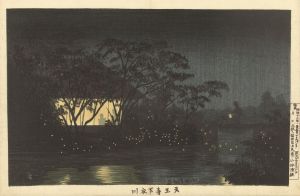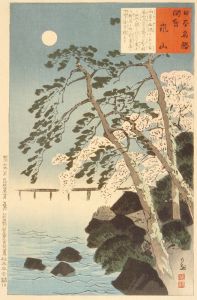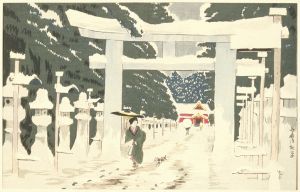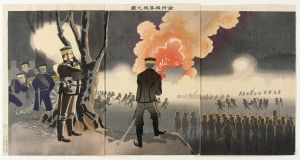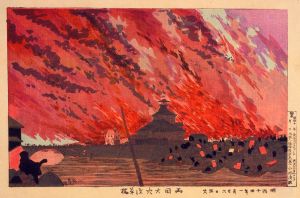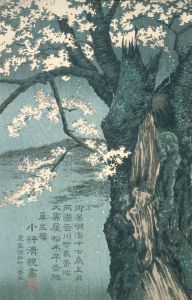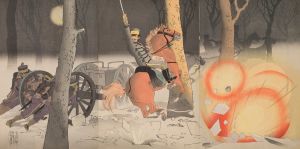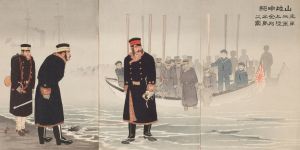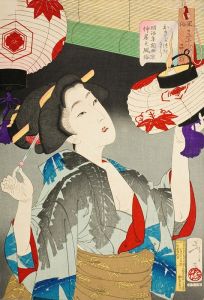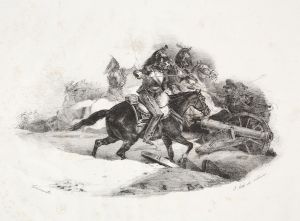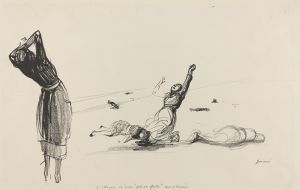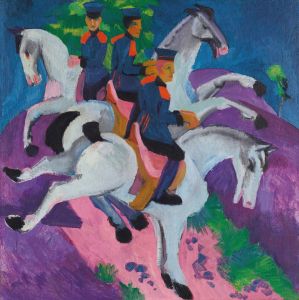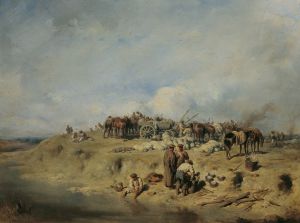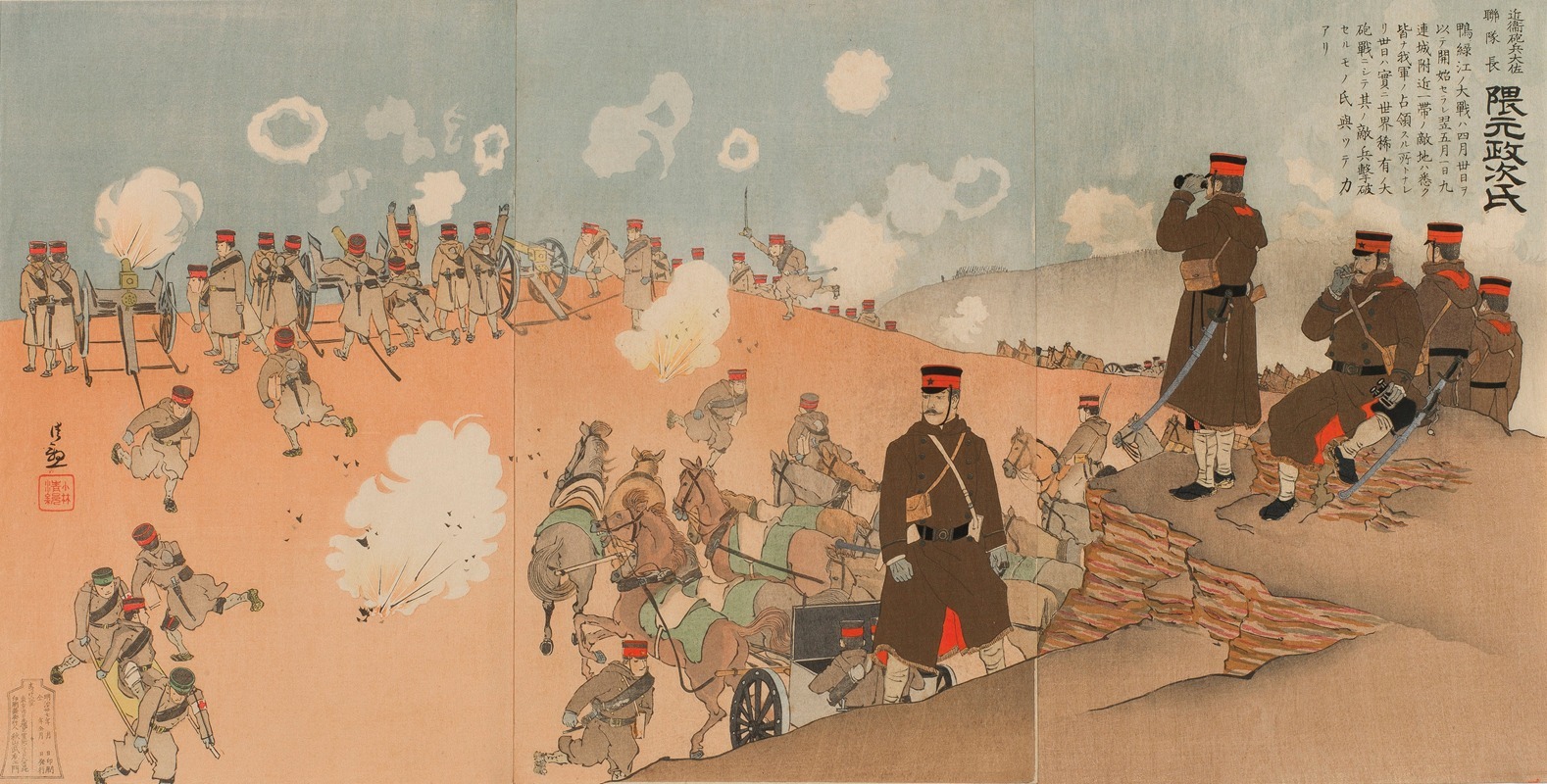
Colonel Kumamoto Masaji, Regimental Commander of the Imperial Guard Artillery
A hand-painted replica of Kobayashi Kiyochika’s masterpiece Colonel Kumamoto Masaji, Regimental Commander of the Imperial Guard Artillery, meticulously crafted by professional artists to capture the true essence of the original. Each piece is created with museum-quality canvas and rare mineral pigments, carefully painted by experienced artists with delicate brushstrokes and rich, layered colors to perfectly recreate the texture of the original artwork. Unlike machine-printed reproductions, this hand-painted version brings the painting to life, infused with the artist’s emotions and skill in every stroke. Whether for personal collection or home decoration, it instantly elevates the artistic atmosphere of any space.
"Colonel Kumamoto Masaji, Regimental Commander of the Imperial Guard Artillery" is a woodblock print created by the renowned Japanese artist Kobayashi Kiyochika. Kiyochika, born in 1847 and active until his death in 1915, is celebrated for his ukiyo-e prints that capture the rapid modernization of Japan during the Meiji era. His works often depict scenes of contemporary life, military subjects, and landscapes, blending traditional Japanese aesthetics with Western techniques.
This particular print is part of Kiyochika's series that focuses on the Sino-Japanese War (1894-1895), a conflict between the Qing Dynasty of China and the Empire of Japan primarily over control of Korea. The war marked Japan's emergence as a significant military power in East Asia and showcased its modernization efforts.
Colonel Kumamoto Masaji, the subject of the print, was a notable figure in the Imperial Japanese Army. As the regimental commander of the Imperial Guard Artillery, he played a crucial role in the military operations during the Sino-Japanese War. The Imperial Guard was an elite unit tasked with protecting the Emperor and serving as a model for the rest of the army. The artillery regiment, under Kumamoto's command, would have been responsible for providing crucial fire support during battles, utilizing modern artillery pieces that were part of Japan's military advancements.
Kiyochika's depiction of Colonel Kumamoto Masaji is both a tribute to the individual and a reflection of the broader themes of national pride and military prowess. The print likely portrays Kumamoto in a dignified and heroic manner, emphasizing his leadership and the strength of the Imperial Guard Artillery. This aligns with Kiyochika's broader body of work, which often aimed to inspire patriotism and admiration for Japan's military achievements.
The artistic style of the print combines traditional Japanese woodblock techniques with influences from Western art, which Kiyochika had studied. This fusion is evident in the use of perspective, shading, and the realistic portrayal of military uniforms and equipment. Kiyochika's ability to blend these elements made his works particularly appealing and relevant during a time when Japan was rapidly integrating Western technology and ideas.
"Colonel Kumamoto Masaji, Regimental Commander of the Imperial Guard Artillery" serves as a historical document, providing insight into the figures who shaped Japan's military history and the artistic movements of the Meiji era. It stands as a testament to Kiyochika's skill as an artist and his role in documenting the transformative period of Japanese history through his prints.





